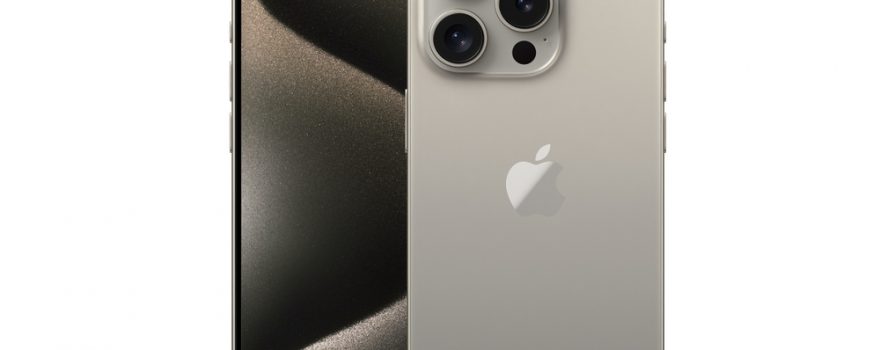
The global smartphone market has experienced a significant resurgence in the first quarter, as reported by IDC. However, amidst this overall growth, tech giant Apple Inc. faces its steepest decline in iPhone shipments since the Covid-19 pandemic outbreak, highlighting challenges in its key market, China.
Sharp Decline in iPhone Shipments
Apple’s iPhone shipments dropped by 10 percent in the March quarter, amounting to 50.1 million units, falling short of analysts’ forecasts. This decline, the sharpest since the disruptions caused by the pandemic in 2022, is particularly concerning for the Cupertino-based company, especially considering the broader recovery in the smartphone industry.
Chinese Competition and Market Dynamics
The launch of Apple’s latest iPhone model in September failed to sustain sales momentum in China, the world’s largest smartphone market. The resurgence of Chinese rivals like Huawei Technologies Co. and Xiaomi Corp., coupled with Beijing’s restrictions on foreign devices in workplaces, have contributed to Apple’s struggles in the region.
Global Smartphone Landscape
The IDC data provides insight into the global performance of smartphone manufacturers, with Samsung Electronics Co. reclaiming its position as the market leader in the March quarter. Budget-friendly brands like Transsion and Xiaomi witnessed significant growth, narrowing the gap with Apple.
Insights from Industry Experts
Nabila Popal, research director at IDC, noted the changing dynamics of the smartphone market, emphasizing Apple’s challenge in maintaining its growth rate and market share amidst increasing competition. Popal predicts faster growth for Android devices as the market continues to recover in 2024.
Implications for Apple and Market Trends
Despite Apple’s traditionally high average selling prices, the company has resorted to unprecedented discounts to stimulate sales, particularly in China, where some partners are offering discounts of up to $180. The opening of a flagship store in Shanghai reflects Apple’s commitment to the Chinese market, although competition from local players remains intense.
Consumer Behavior and Future Prospects
Consumer preferences for premium models are driving an increase in average selling prices, benefiting Apple’s high-end offerings. However, the rise of Chinese competitors like Xiaomi, buoyed by aggressive pricing strategies, poses a significant challenge to Apple’s dominance in the region.
Conclusion
Apple’s struggle against Chinese rivals and the decline in iPhone shipments underscore the evolving dynamics of the global smartphone market. As competition intensifies and consumer preferences shift, Apple faces the imperative to innovate and adapt to maintain its position in the ever-changing landscape of the tech industry.

 Get in Touch
Get in Touch 


